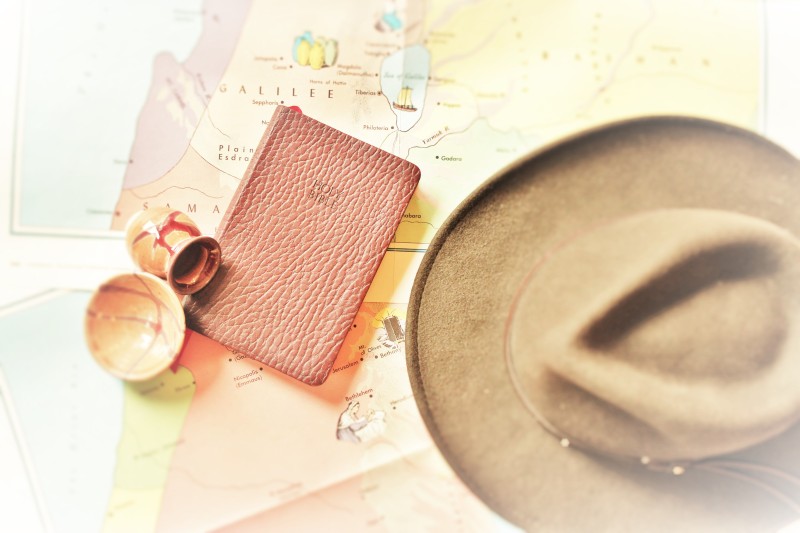Some days history comes alive and some days it stays comatose. Why is that? Why does one subject or exhibit or picture, etc, spur a curiosity in the past and another makes voluntary dental work sound like fun?
I had one of these moments at an interpretive center the other day. I can’t call it a museum because museums tend to emphasize collections of things as is, without intensive interpretation.
This location wasn’t bad, but there were a lot of ambient battle noise recordings that could have been a couple of decibels lower. That coupled with an audio playback of each written display in tight quarters resulted in a cacophony that made me want to leave rather than immerse myself in history.
On the other hand, it might have been me because I was tired out from a long couple of days of filming, so I wasn’t in a very receptive mood. However, on the road home as I read the short pamphlet about Fort Necessity in southwestern Pennsylvania I really got into the subject. Who knew that a multi-thousand dollar interpretive center would fail to inspire where a 50 plus cent sheet of folded paper with a few paragraphs would?
This is the dichotomy of history and of the use of interpretive centers, which are more and more replacing old style museums.
Is interpreting history wise? Should not each one of us have a chance to examine the facts unimpeded and come to our own conclusions?
What if the bias of the interpretive center is wrong? Are you really teaching history or are you perpetuating an opinion?
Probably both. We must interpret, and any teacher of history, no matter how much they try to avoid it, is interpreting the subject via their own personal bias to their students. That’s part of being human.
Developing a personal curiosity into history can help each of us interpret the facts on our own. If an exhibit fails to enthrall you then dig into some books on the subject. You might find the angle that eluded you and develop a whole new area of interest.
Keep history real!
– Amanda Stiver



